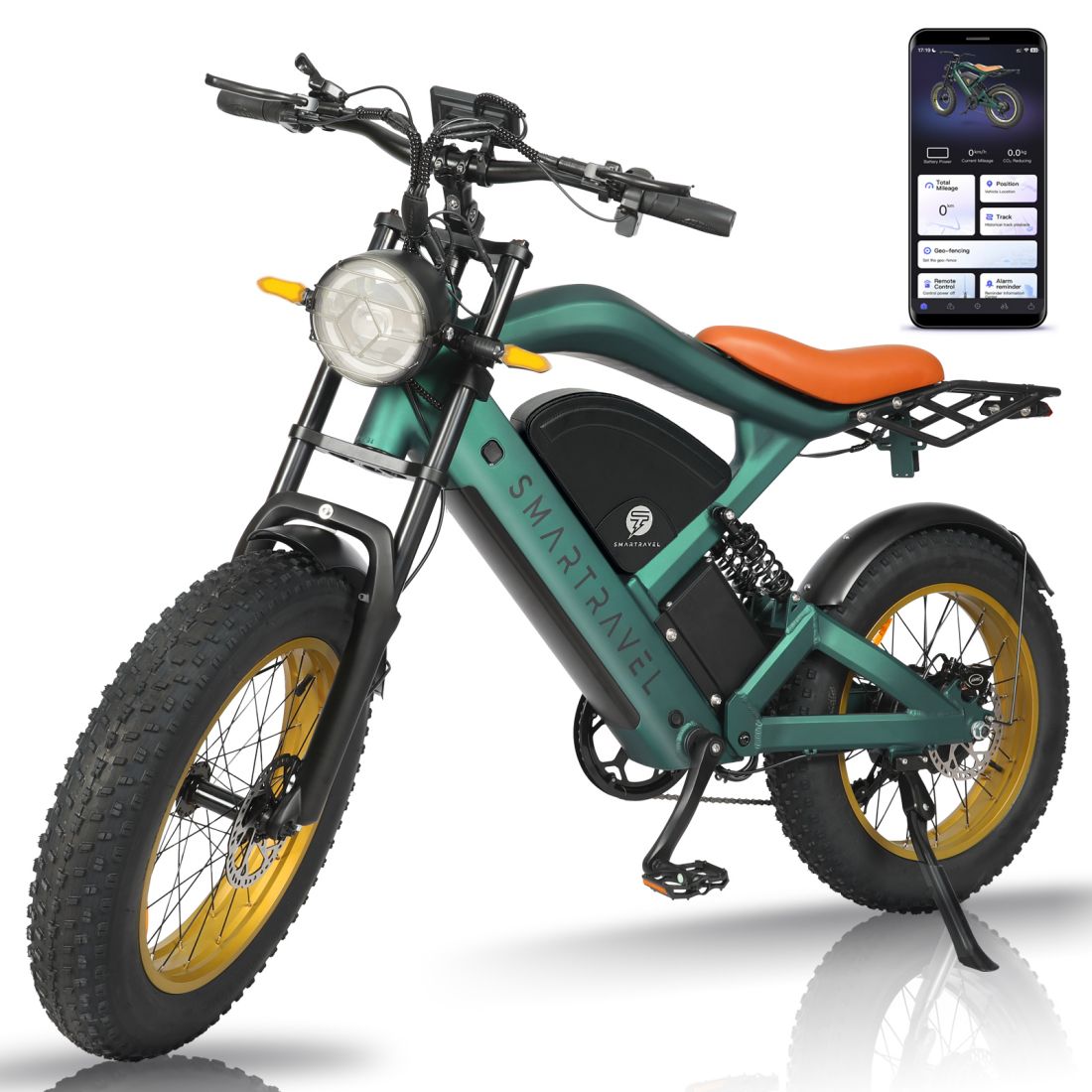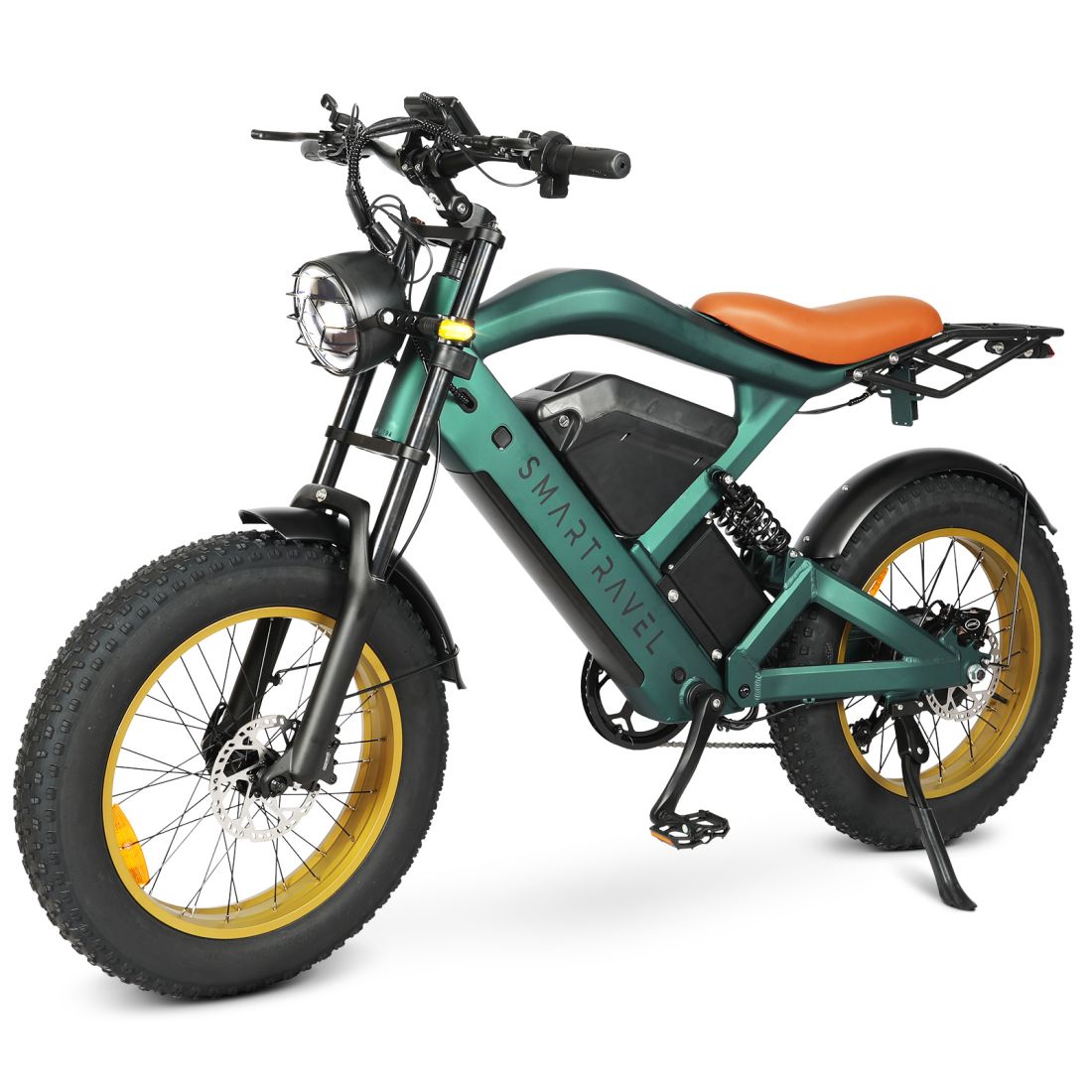What Is The Difference Between An Electric Bicycle And a Regular Bicycle

Many people are used to riding regular bicycles, but electric bicycles have become increasingly popular in recent years. So what are electric bicycles? What is the difference between electric bicycles and regular bicycles? This guide will answer these questions for you.
What is an electric bike
An electric bike, or e-bike, is a bicycle that is equipped with an electric motor to assist with pedaling.E-bikes come in various styles, including commuter bikes, mountain bikes, and folding bikes, catering to different riding preferences and needs. They are popular for their efficiency and ability to make cycling more accessible to a broader range of people.

What is the difference between an electric bicycle and a regular bicycle?
1. Power Source:
Regular Bicycle: Powered solely by human effort. Riders use their legs to pedal.
Electric Bicycle: Equipped with an electric motor that assists pedaling. It typically includes a battery that powers the motor, allowing for less effort when riding.
2. Speed and Assistance:
Regular Bicycle: Speed depends entirely on the rider's physical capability.
Electric Bicycle: Offers varying levels of motor assistance, which can help riders travel faster and tackle hills more easily. Many e-bikes have a maximum speed limit (often around 20-28 mph, depending on local regulations).
3. Weight:
Regular Bicycle: Generally lighter since it doesn't have a motor or battery.
Electric Bicycle: Heavier due to the added components, including the motor and battery.
4. Range:
Regular Bicycle: Range is limited to the rider's stamina and energy.
Electric Bicycle: Range depends on battery capacity and can vary widely; most e-bikes can travel anywhere from 20 to 60 miles on a single charge, depending on usage and terrain.
5. Cost:
Regular Bicycle: Typically less expensive, with a wide range of prices based on type and quality.
Electric Bicycle: Generally more expensive due to the motor and battery technology.
6. Usage:
Regular Bicycle: Ideal for fitness, commuting, and recreational riding.
Electric Bicycle: Great for commuting, especially for longer distances, and can accommodate riders who may struggle with physical exertion.
7. Maintenance:
Regular Bicycle: Easier and often less costly to maintain due to simpler mechanics.
Electric Bicycle: May require specialized maintenance for the motor and battery.
In summary, electric bicycles provide an assistive option for riders, making cycling more accessible and enjoyable for a broader range of people and conditions.

















